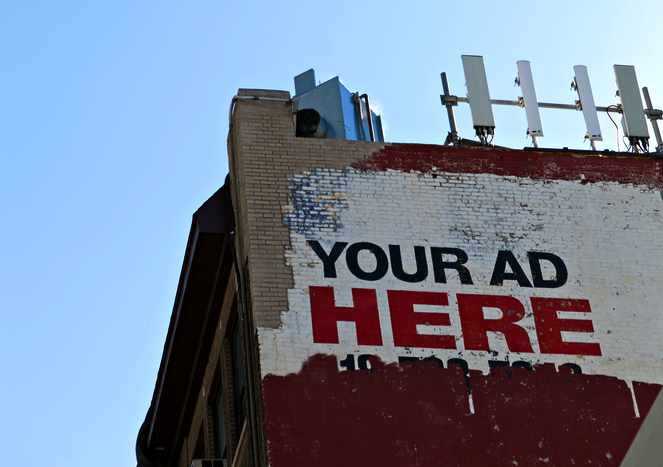UK publishers, agencies react to new native ad labeling rules

Concerns about the proper way to disclose native advertising are as pressing in the U.K. as they are in the U.S.
On Monday, IAB U.K. released its first guidelines around native ad disclosures, which it hopes will help publishers figure out the rules of the road in the still-nascent space. Their recommendation? Publishers should “provide consumers with prominently visible visual cues” that tell them when an article is from advertisers.
This labeling can include prominent brand logos, different color shading around the ad, or even an entirely different font. The IAB U.K. also said that publishers should include wording such as “paid promotion” or “brought to you by,” which clearly tells readers that there’s a commercial arrangement between the publisher and an ad sponsor.
The narrative is similar in the U.S., where publishers are also constantly tweaking and reworking how they label their native ads. The New York Times and BuzzFeed, for example, have repeatedly tweaked their native ad labeling in an effort to create good brand experiences while also giving readers clear signs that they’re reading ads. But it’s a tough balance. Native advertising is attractive to brands because it looks like the content around it, and going too overt with labeling risks pushing readers away.
Publishers in the U.K. recognize the pressure on both sides “We don’t want to put people off reading things with a label that says ‘this content isn’t as good,’” said Matt Cory, managing director of The Telegraph’s Create branded content studio. But he said that, fundamentally, the IAB’s guidelines are a positive development. “It helps if things are consistent, and we would rather have guidelines than regulations,” he said, adding that The Telegraph’s native ad labeling policies are already in line with the IAB U.K.’s guidelines.
The IAB U.K.’s move comes as native advertising has grown to a $330 million industry in the U.K., accounting for 21 percent of overall ad spending last year. U.K. publishers, like their U.S. counterparts, see native advertising as their next growth business, which is why many are keen on making sure the industry takes the right approach.
“Readers hate feeling tricked into reading commercial content and publishers and advertisers alike need to realize the corrosive effect this has on reader trust,” said Anna Watkins, managing director of Guardian Labs U.K. “If just one advertiser or publisher muddies the waters by failing to be transparent about the funding of the content they’re delivering, the whole sector suffers.”
Agencies also appreciate the IAB U.K.’s approach so far. “What I like about native is that it gives you creative freedom that digital allows, so I’m glad these new guidelines aren’t too restrictive,” said Starcom MediaVest Group digital strategy director Liam Brennan. “Right now, there are some cowboys playing around with the format, so anything that gives readers more transparency is a good thing.”
More in Media

Meta AI rolls out several enhancements across apps and websites with its newest Llama 3
Meta AI, which first debuted in September, also got a number of updates including ways to search for real-time information through integrations with Google and Bing.

Walmart rolls out a self-serve, supplier-driven insights connector
The retail giant paired its insights unit Luminate with Walmart Connect to help suppliers optimize for customer consumption, just in time for the holidays, explained the company’s CRO Seth Dallaire.

Research Briefing: BuzzFeed pivots business to AI media and tech as publishers increase use of AI
In this week’s Digiday+ Research Briefing, we examine BuzzFeed’s plans to pivot the business to an AI-driven tech and media company, how marketers’ use of X and ad spending has dropped dramatically, and how agency executives are fed up with Meta’s ad platform bugs and overcharges, as seen in recent data from Digiday+ Research.






